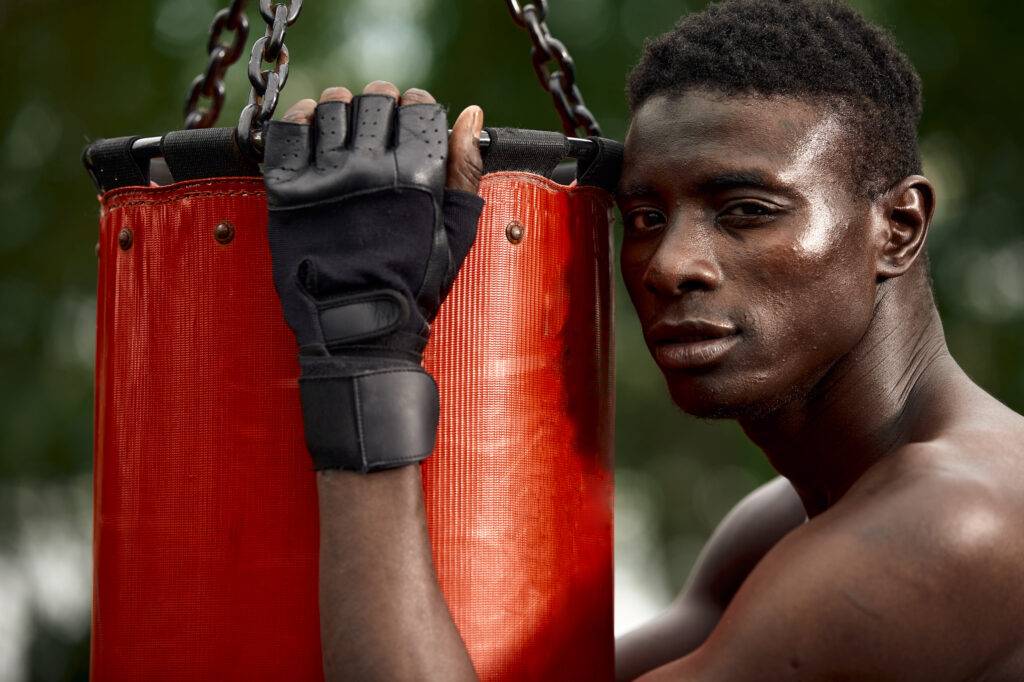Achieving an eight-pack is generally considered more challenging than obtaining a six-pack. Let’s delve into the reasons why.
Firstly, when we talk about the “packs” in the abs, we’re referring to the rectus abdominis muscle. This muscle runs vertically down the front of the abdomen and has segments that create the appearance of the packs. Typically, most people have six segments which are evenly visible when body fat is low and the muscle is well-developed. This gives the appearance of a six-pack. However, there are two additional segments located near the bottom, closer to the pelvis. These segments form the coveted eight-pack.
There are a few reasons why getting that eight-pack is tougher:
- Genetics: Not everyone’s rectus abdominis has the genetic make-up to visibly display eight segments. Some people might never get that eight-pack look, irrespective of how lean or muscular they become.
- Fat Storage Patterns: The lower abdomen, where the seventh and eighth packs are located, is a common area for fat storage. This is especially true for men. Even if you’re lean everywhere else, the body might prefer to store its last reserves of fat in this area, obscuring those lower packs.
- Muscle Development: Developing the lower abs to a point where the seventh and eighth segments become prominent requires targeted and consistent training. They can be a bit more stubborn to develop than the upper segments of the rectus abdominis.
That said, while getting an eight-pack is more challenging, it’s not impossible. With the right combination of dedicated training, diet, and genetic predisposition, it’s achievable. But, for many, a lean, well-defined six-pack is an impressive and attainable goal in itself. Whether you’re aiming for six or eight segments, the journey requires discipline, patience, and consistency. Remember, the number of visible segments is not necessarily an indicator of fitness or strength, but more about personal aesthetic goals and genetics.

